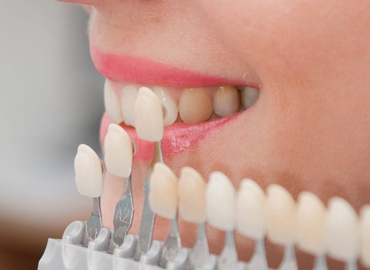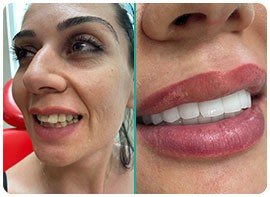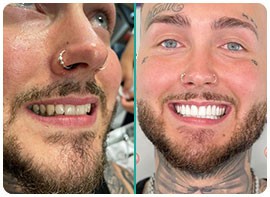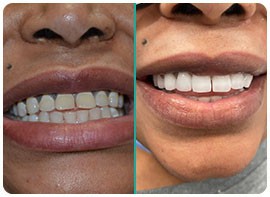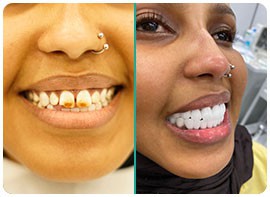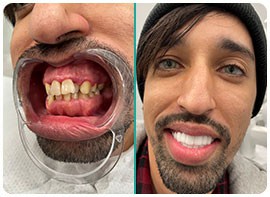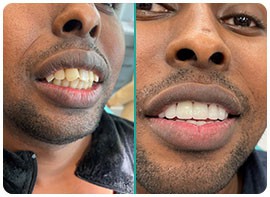What is a Laminated Dental Veneer?
Laminated tooth coating are thin materials with different colors suitable for the person that are glued to the front surfaces of the teeth in order to improve the appearance of people's teeth. Dentists prepare the design of your new teeth by computer using CAD/Cam technology.
Since laminated tooth veneers are a very painful procedure, they are applied under local anesthesia. The treatment is completed within an average of 5 days. The life of laminated Decking is between 10-15 years on average when you do a good maintenance.
What are the Types of Laminated Dental Veneers and Their Advantages?
Mostly porcelain or composite resin materials are preferred. Porcelain laminates are more resistant to stains and better mimic the light reflecting properties of natural teeth.
Laminae are preferred for the treatment of teeth that are more stained, Decayed, broken, out of alignment, irregular in shape, with spaces between them.
Thanks to porcelain laminates, one of the biggest advantages is that the teeth are treated with less intervention.
Another advantage is that due to the light transmittance, they have a much closer appearance to natural teeth, at the same time, there are color options so that the most suitable color can be applied to the person. The reflection on the gum edge that occurs in metal-supported porcelain bridges does not occur in lamina porcelain.
In addition, metal rehearsal is an application whose total treatment time is shorter because there are no separate sessions such as lacquer, zirconium, infrastructure rehearsal. Lamina porcelain rehearsal is performed polished. Since these are made in highly polished porcelain furnaces, they are more resistant to abrasion. At the same time, it is also not affected by substances such as tea, coffee, cigarettes, and tartar does not form on it.
Before Having a Laminated Coating
A detailed examination is carried out in front of it. As a result of this examination, if your gums and tooth roots are healthy enough, you are a suitable candidate for laminated coating.
You should remember that although a small shaving is performed, it is an irreversible procedure, so it is useful to clearly share what you want with our dentist.
In addition, if you have a tooth tightening and grinding problem, you should definitely share it with your dentist, laminated veneers can break because they are a thin material. In this case, you may need to use a suitable dental protector for you.
After Having a Laminated Coating,
Laminated coatings may be prone to breakage because they are made of very thin material. For this reason, you should definitely avoid biting metal and similar hard objects. You should take care of your coatings regularly, you should apply them regularly by including daily brushing and flossing in your life. If you have a loss of feeling under or around after having your veneers done, you should share it with your dentist.
In What Situations Are Laminated Coatings Made?
* Irregular, crooked and curved teeth
* Decoupled teeth between them
* Old, large fillings with color problems
* Restoration of worn and broken teeth
• In cases of discoloration that cannot be treated with teeth whitening caused by the use of antibiotics and excessive amounts of fluoride.
* If the patient is not satisfied with his teeth cosmetically, porcelain laminates can be applied.
* In cases where porcelain laminates cannot be applied, aesthetic full porcelain crowns may be preferred.
What are the Types of Laminated Coatings?
Dental veneers are mostly made of porcelain or composite material and require a preliminary preparation process. However, there are materials that you can renew that require preliminary preparation for a shorter period of time. The most preferred coating types in smile design are porcelain, composite, lumineers and
